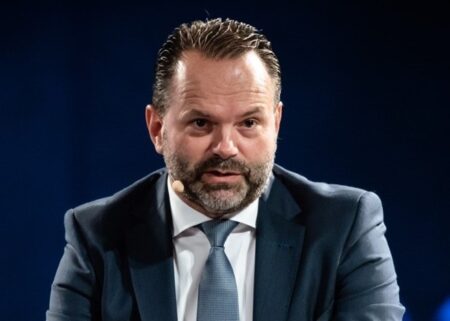
EY modelling reveals multiple energy transitions accelerating around the world. Our energy system is reshaping at speed, but in different ways across different markets. Across the energy system, progress is becoming exponential, as technology matures and scales faster than anticipated. Innovation is beginning to decarbonise those hard-to-abate sectors once considered too difficult to transform, such as steelmaking.
But, while the pace of change is accelerating everywhere, it is not uniform. Four levers are driving change to our energy system – technology advancement, commodity supply, consumer engagement, and government policy. Our modelling of these levers reveals that the energy transitions of different markets will vary widely – in speed and in nature.
Around the world, governments are making different trade-offs between economic priorities, geopolitical ambitions and environmental goals, based on the availability of resources (commodities, capital and capabilities). These trade-offs are driving policy decisions that send signals to the market and consumers and, ultimately, determine progress.
EY modelling of the four key levers and their impact on 52 technologies, highlights the complexity and diversity of the changes ahead.
Accelerating
The transition to renewables is happening at a much faster pace than anticipated; the EY report predicts that, globally, green energy will dominate electricity generation by 2038, and make up 62% of the power mix by 2050. However, the current speed of change is still not enough to keep global warming to the 1.5°c target and further acceleration is required.
A long tail
Fossil fuel use will peak around the end of the decade according to the report; however, hydrocarbons will remain part of the energy mix for longer than anticipated as a result of hard-to-abate sectors. Policies that improve the investor appeal of low-carbon alternatives are therefore required. And, with oil and gas around for longer, it will be essential to decarbonise it.
Serge comments: “While change is accelerating, it could easily stall due to the sheer complexity of the challenge ahead. What we’ve achieved so far in building out renewables and electrifying transport has been relatively simple compared with what comes next.
“Decarbonising a largely hydrocarbon-powered industrial sector is far more difficult, and our ability to tackle it will determine the ultimate success of the world’s transition to clean energy. Every market will need to activate a range of accelerators to overcome the inertia of the status quo, keep up the momentum of change, and meet climate targets.”
Increasing investment
The EY report forecasts that an estimated US$4.1 trillion annual investment in low-carbon transition technologies and enabling energy infrastructure will be needed by 2050 – four times current levels.
Andy Brogan, EY-Parthenon Global Energy Leader and co-author, says: “We’re trying to rewire the global economy to meet an urgent environmental imperative and can’t risk delay.
“Current returns don’t adequately incentivise investment where it’s needed, which makes it challenging for energy and resources companies to secure and allocate capital with confidence. To go faster, we need to release the handbrakes and ensure the economic fundamentals for decarbonisation are in place, whilst protecting supply of affordable energy.”
Report predictions
- Green energy will dominate global electricity generation by 2038, and make up 62% of the power mix by 2050
- Hydrocarbons will remain part of the energy mix for longer, so will need to decarbonise
- Annual investments of US$4.1 trillion in low-carbon transition technologies will be needed by 2050 – four times current levels
Action now can maintain momentum
Progress toward a new energy system is picking up speed, but maintaining momentum requires us to think differently. With multiple energy transitions unfolding, complexity is a given but it shouldn’t delay action. The risk of standing still far outweighs that of moving forward.
Accelerators
1. Incentivising the switch from old to new energy – targeted policy and technology innovation can achieve decarbonisation targets faster
2. A stronger supply chain can speed up progress – closing the supply gap of critical metals and minerals can accelerate new energy build-out
3. Meeting consumer expectations can boost confidence – reinventing the consumer relationship can encourage adoption of new energy solutions and build a flexible grid.
Action now around these areas, led by energy and resources companies but, in collaboration with government, other sectors and all of us, can accelerate the journey to create a cleaner, more resilient and sustainable energy system.
Organisations that commit to the right actions now can quicken the journey to a decarbonised future and realise significant commercial opportunities.
To view the eight implications of a changing energy system, the handbrakes and the opportunities for energy and resources companies, visit ey.com/energy.
Serge Colle is the Global Energy & Resources Industry Market Leader at EY, supporting clients as they manage challenges related to the energy transition. Drawing on three decades of experience, Serge provides guidance on strategies and business models and helps clients build the capabilities required for the new energy world.
Co-author of the EY COP28 report that models the future of the energy transition, Serge discusses here EY’s modelling of the transition sharing some of the report’s key insights.

